Starliner’s Future Remains Uncertain as NASA Reschedules SpaceX’s Astronaut Mission
Boeing’s Starliner spacecraft, designed to ferry astronauts to and from the International Space Station (ISS), has faced numerous setbacks.
Despite initial hopes, technical issues and delays have plagued its development. These challenges have, ultimately, cast doubt on Starliner’s role in NASA’s Commercial Crew Program.
The Importance of the Commercial Crew Program
NASA’s Commercial Crew Program aims to develop reliable transportation to the ISS through partnerships with private companies like Boeing and SpaceX.
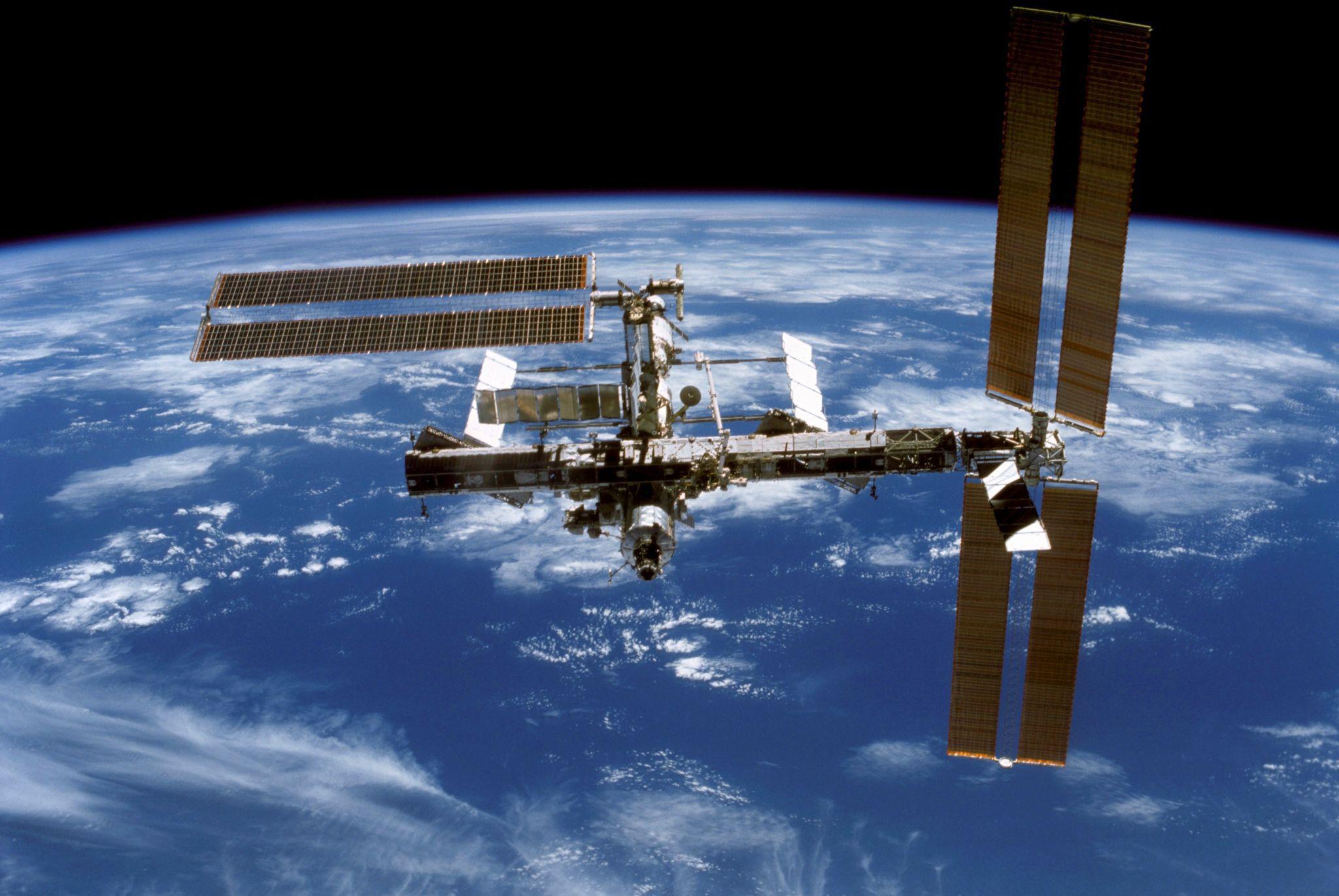
Source: Wikimedia
This program is crucial for maintaining a consistent American presence in space and reducing reliance on Russian Soyuz spacecraft.
Starliner’s Initial Promise and Early Setbacks
In 2014, Boeing was awarded a contract to develop Starliner. Hopes were high as the spacecraft promised a new era of American space travel.
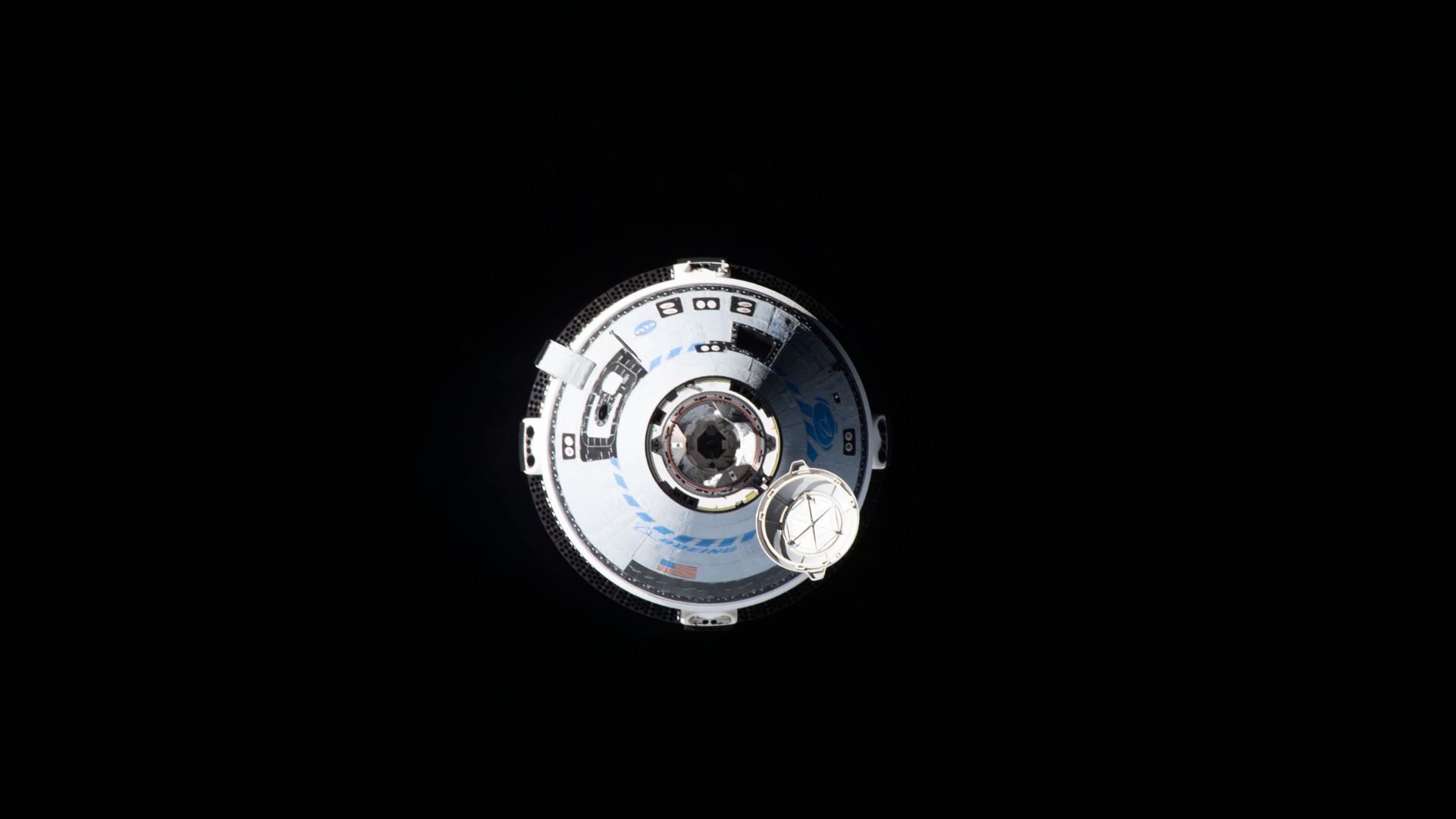
Source: Bob Hines/NASA/Wikimedia Commons
However, early test flights revealed software glitches and hardware malfunctions, causing significant delays.
The Failed Orbital Test Flight in 2019
In December 2019, Starliner’s first uncrewed orbital test flight failed to reach the ISS due to a software error.
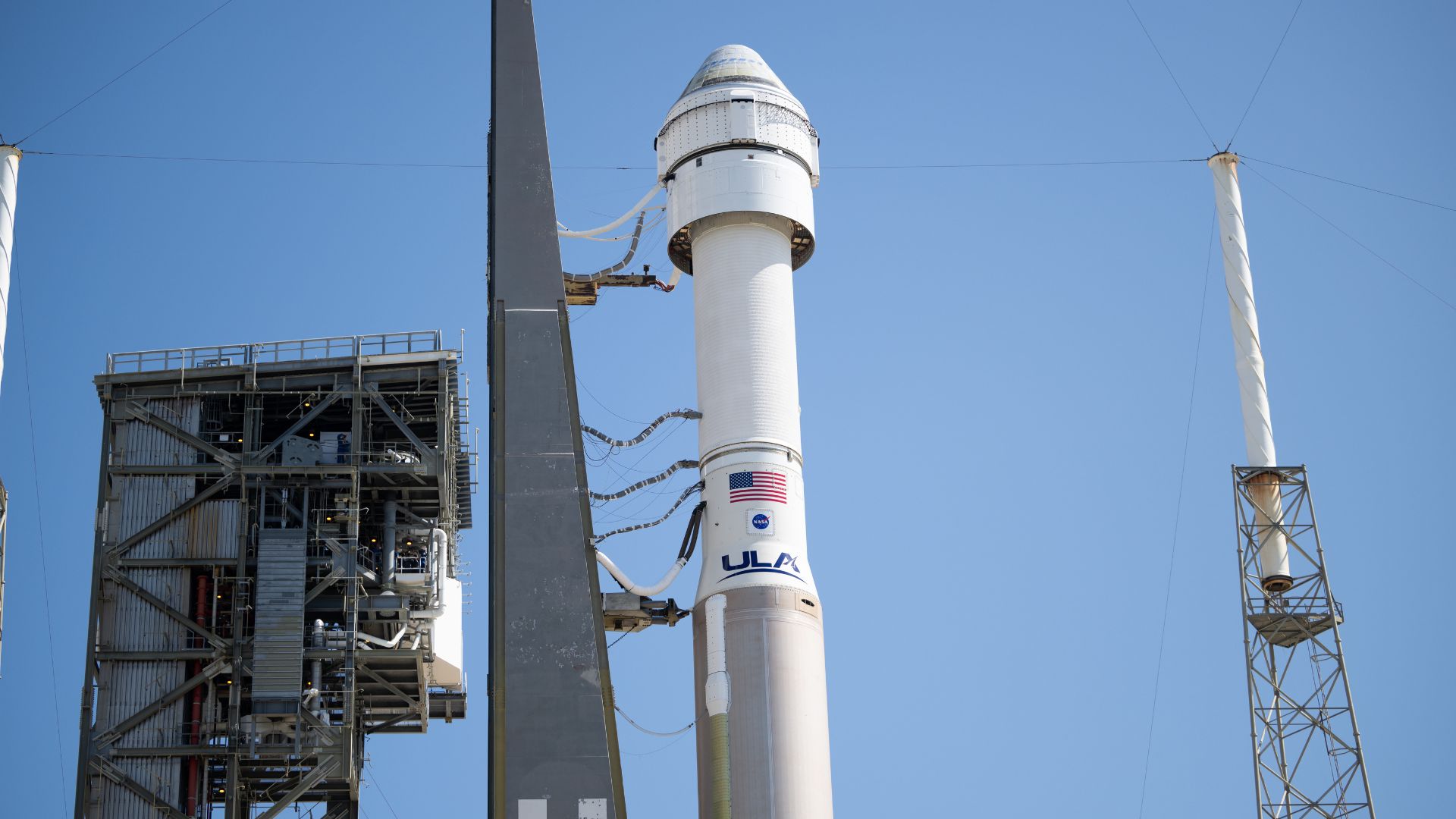
Source: NASA/Joel Kowsky/Wikimedia Commons
The spacecraft safely returned to Earth, but the mission’s failure highlighted serious issues that needed addressing before any crewed flights.
Extensive Review and Corrective Actions
Following the 2019 test flight failure, NASA and Boeing conducted an extensive review.
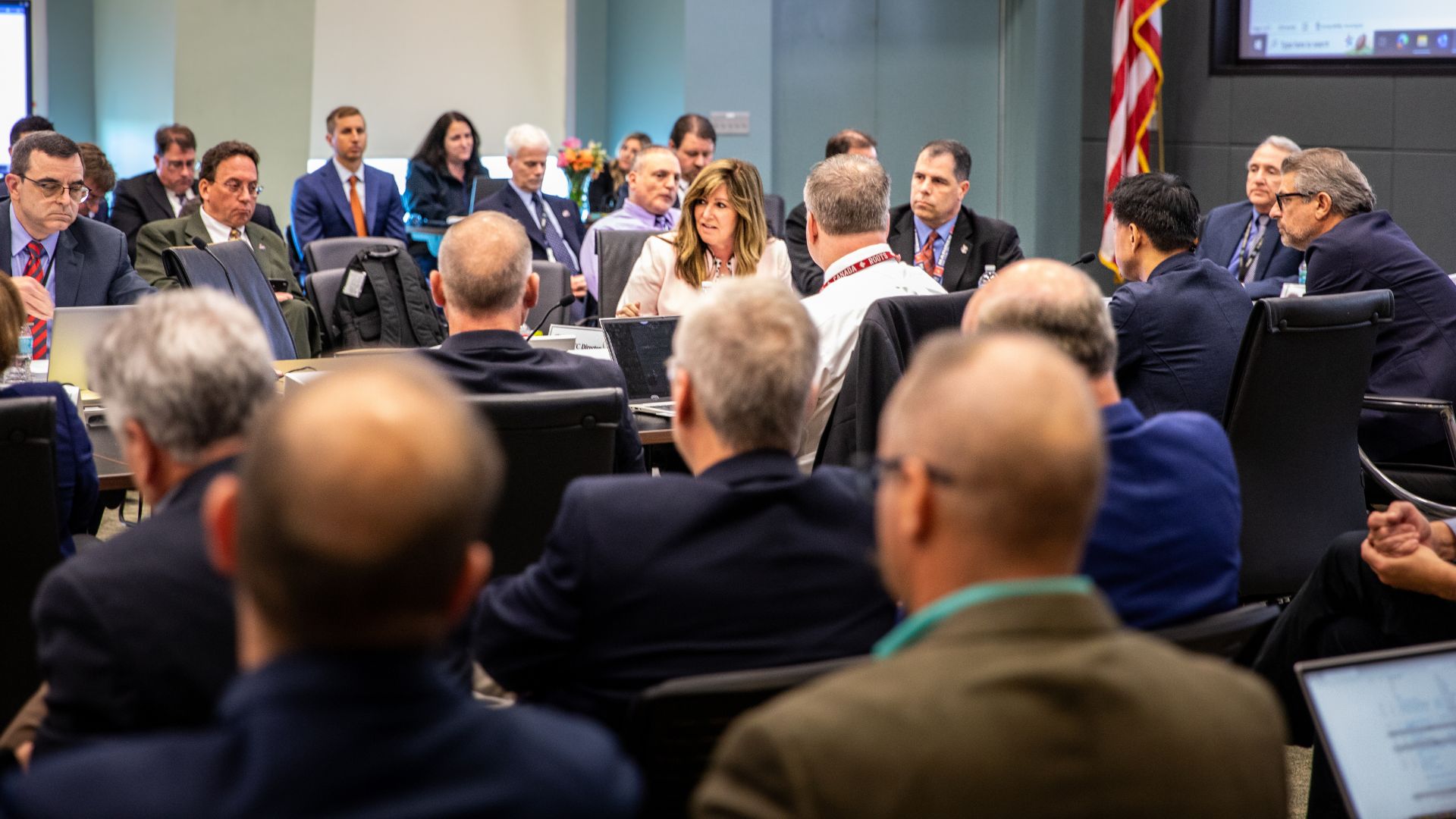
Source: NASA/Wikimedia Commons
The review identified 80 corrective actions, ranging from software updates to improved testing procedures, aiming to ensure Starliner’s future success.
Competing with SpaceX’s Successes
While Boeing struggled with Starliner, SpaceX’s Crew Dragon spacecraft successfully completed multiple missions.
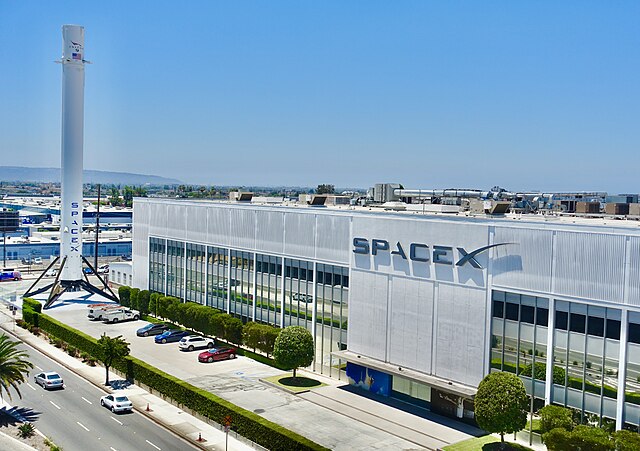
Source: Wikimedia
Crew Dragon’s achievements put additional pressure on Boeing to resolve Starliner’s issues quickly and efficiently.
NASA’s Rescheduled SpaceX Mission
Due to ongoing issues with Starliner, NASA rescheduled the next SpaceX mission to the ISS.
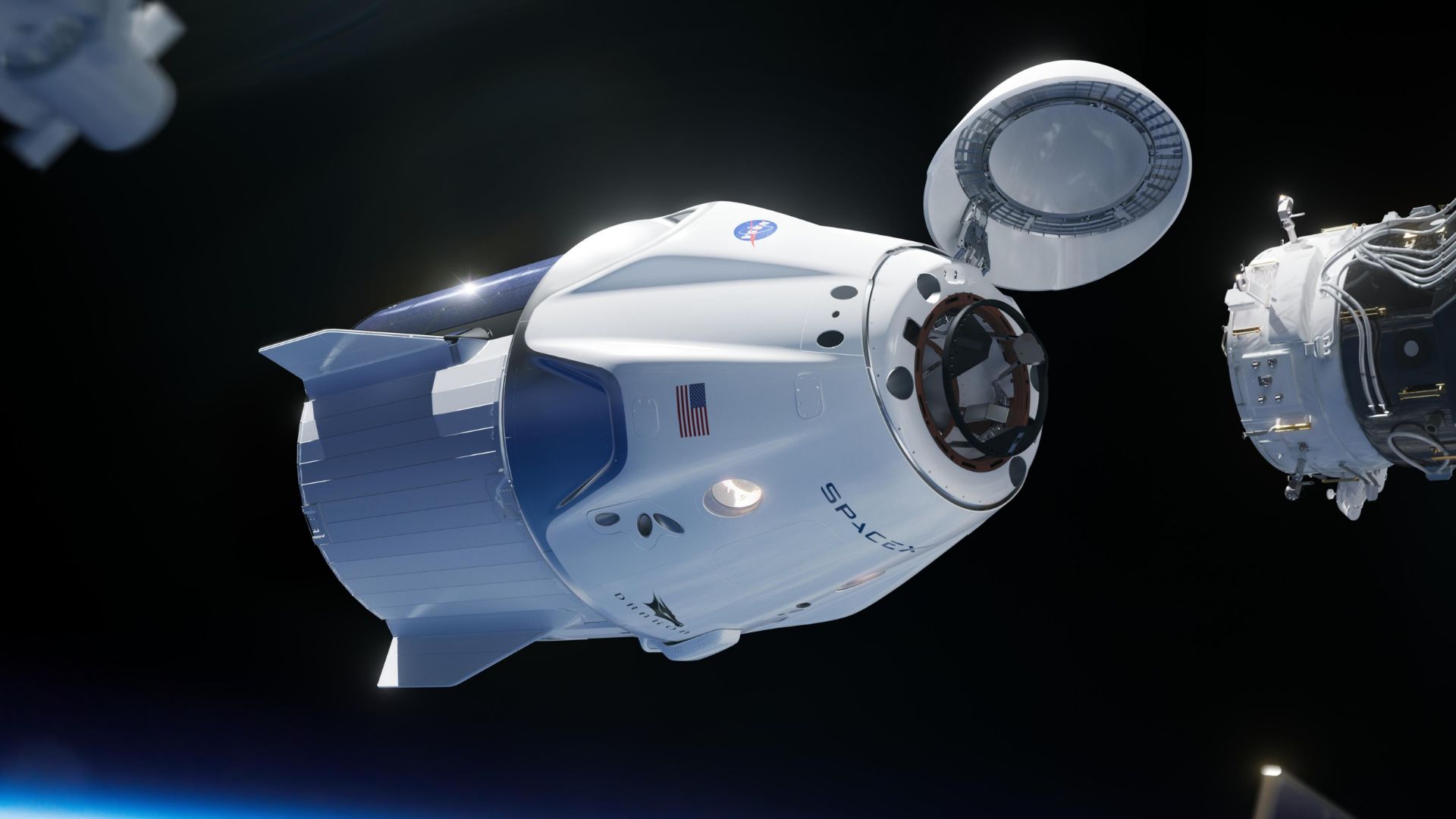
Source: NASA/SpaceX/Wikimedia Commons
Originally set for late 2023, the mission was moved to early 2024, highlighting NASA’s reliance on SpaceX amid Starliner’s uncertainties.
The Impact on NASA’s Mission Schedule
Starliner’s delays have disrupted NASA’s mission schedule.
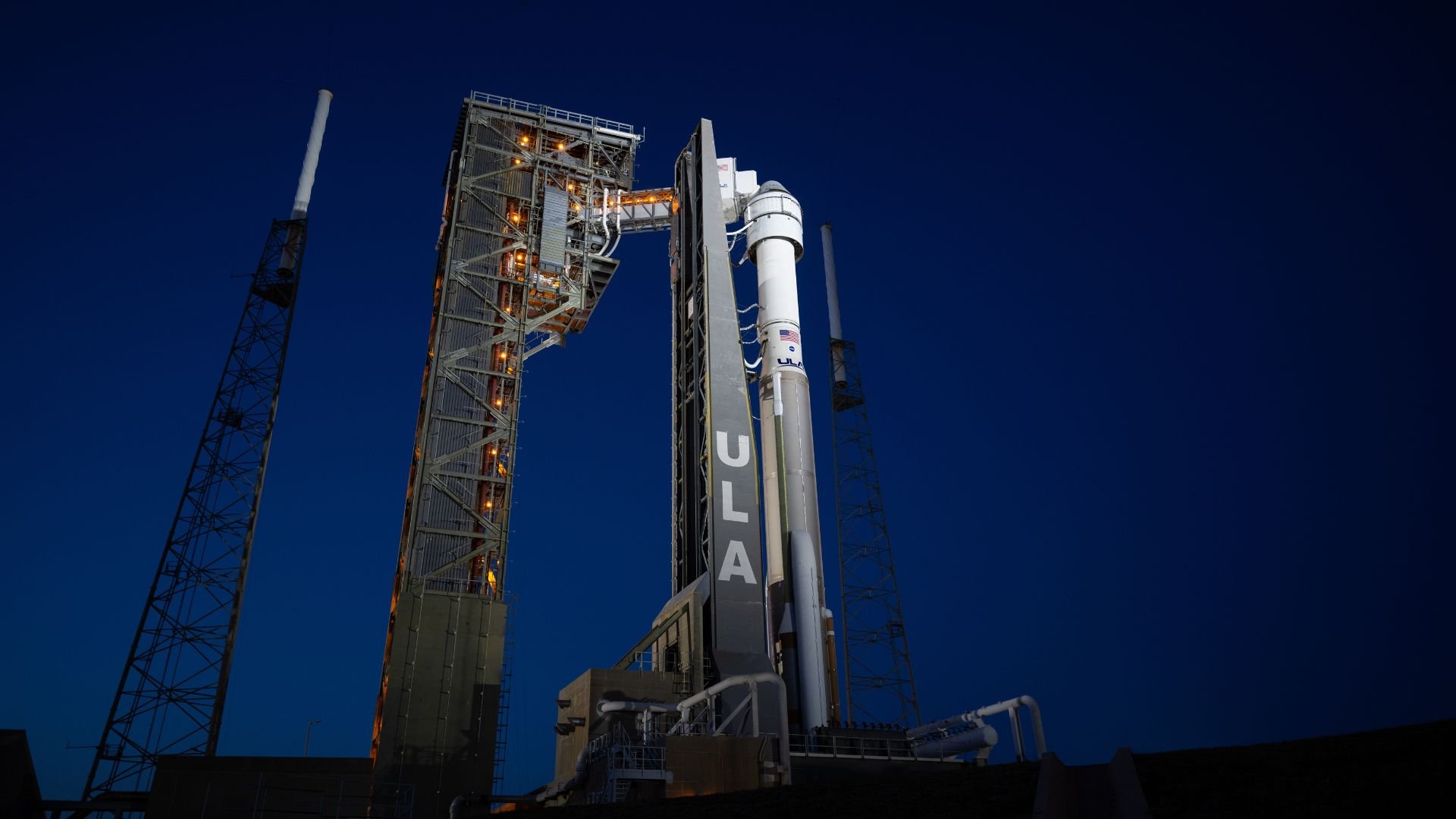
Source: NASA/Joel Kowsky/Wikimedia Commons
The need to reschedule missions and adapt plans has posed logistical challenges, affecting other aspects of NASA’s operations and international collaborations.
Statements from NASA and Boeing
NASA officials have expressed confidence in Boeing’s ability to overcome Starliner’s challenges. “We remain committed to ensuring the safety and success of our astronauts,” stated NASA Administrator Bill Nelson.
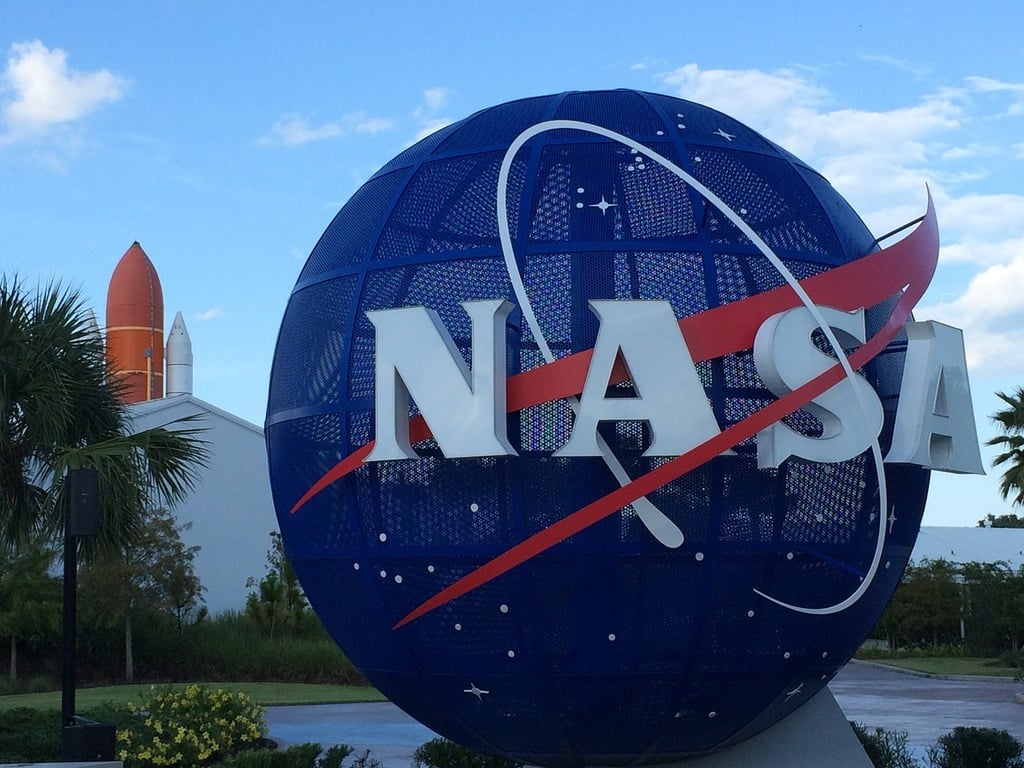
Source: Picryl
Boeing has reiterated its dedication to meeting NASA’s stringent requirements.
Financial Implications for Boeing
The delays and setbacks also have had financial implications for Boeing.
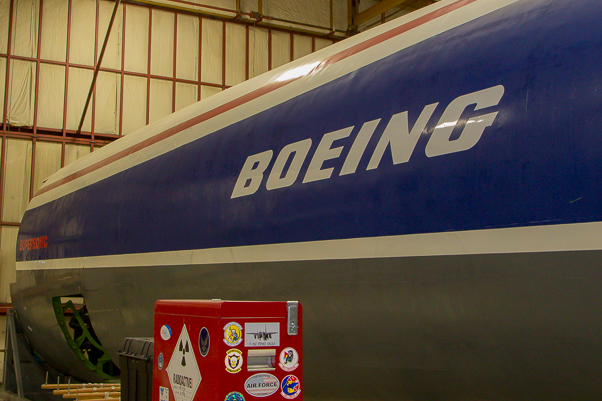
Source: Benjamin L. Granucci
Cost overruns and additional resources required to address issues have impacted the company’s bottom line, raising questions about the long-term viability of the Starliner program.
Future Prospects and Potential Solutions
Looking ahead, Boeing and NASA are focused on completing necessary corrections and achieving a successful crewed flight.
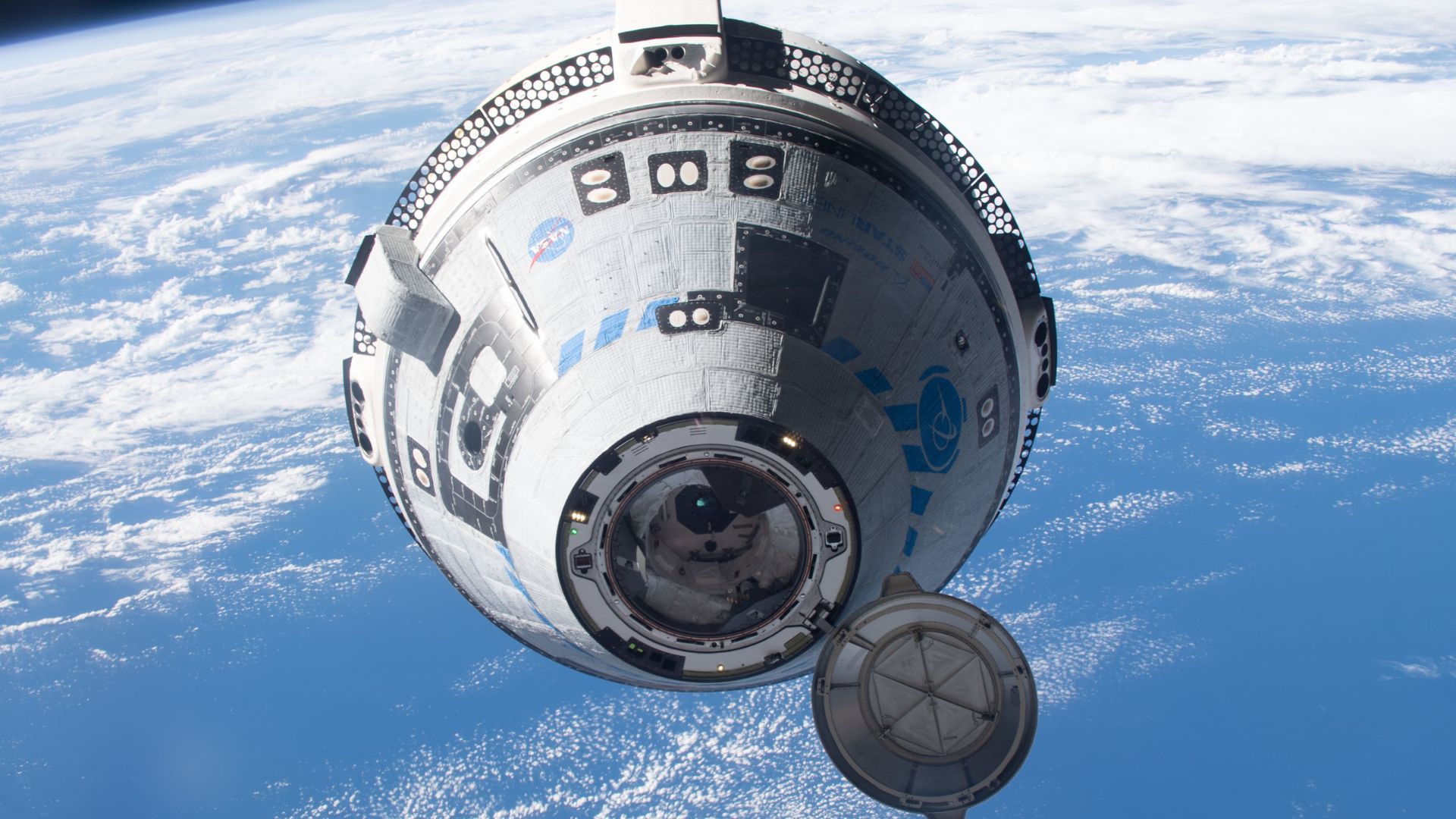
Source: Bob Hines/NASA/Wikimedia Commons
Potential solutions include even more test flights and more rigorous quality control measures to ensure Starliner’s readiness.
The Uncertain Future of Starliner
The future of Boeing’s Starliner remains uncertain as NASA continues to rely on SpaceX for ISS missions.

Source: NASA/Wikimedia Commons
While efforts to rectify issues are ongoing, the path forward is fraught with challenges. The next few months will be critical in determining Starliner’s role in the Commercial Crew Program.
